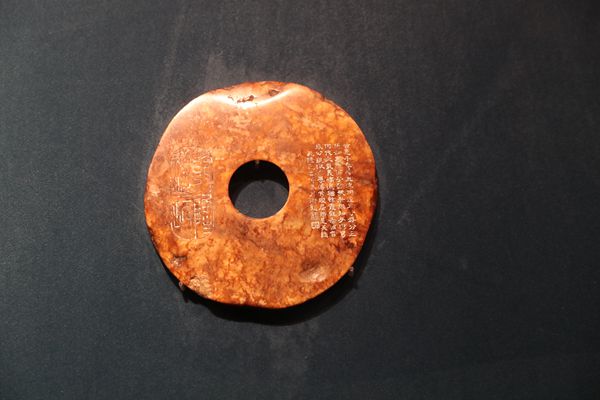Milestones of millennia: Role of jade in China history explored
By Wang Kaihao | China Daily | Updated: 2019-07-25 07:55

Abundant legacies
The reasons why the Liangzhu state faded into obscurity are still unknown. Although speculation suggests that flooding might have played a part, Li Boqian, an archaeology professor at Peking University, thinks that the jade itself might have been one reason for its downfall.
"So much wealth and so many resources were put into jade production," he says. "Once they were exhausted, the stability of society (could have) collapsed."
Nevertheless, Gao adds that Liangzhu Culture did not "die".
"We would rather describe it as having blended into other cultures," he says.
Gao explains that jade from the Liangzhu Culture was once widely found across half of what is now modern-day China, reaching as far as Shaanxi, Sichuan and Guangdong provinces, as archaeological discoveries demonstrate.
"We still need further research to say whether it spread due to trade or as simply as trophies of war," he says. "However, their popularity reflects the huge influence that Liangzhu Culture had at that time.
"Jade is the main contribution made by Liangzhu Culture on Chinese civilization," Gao says. "Its legacy lasted throughout Chinese history until the Qing Dynasty."
























